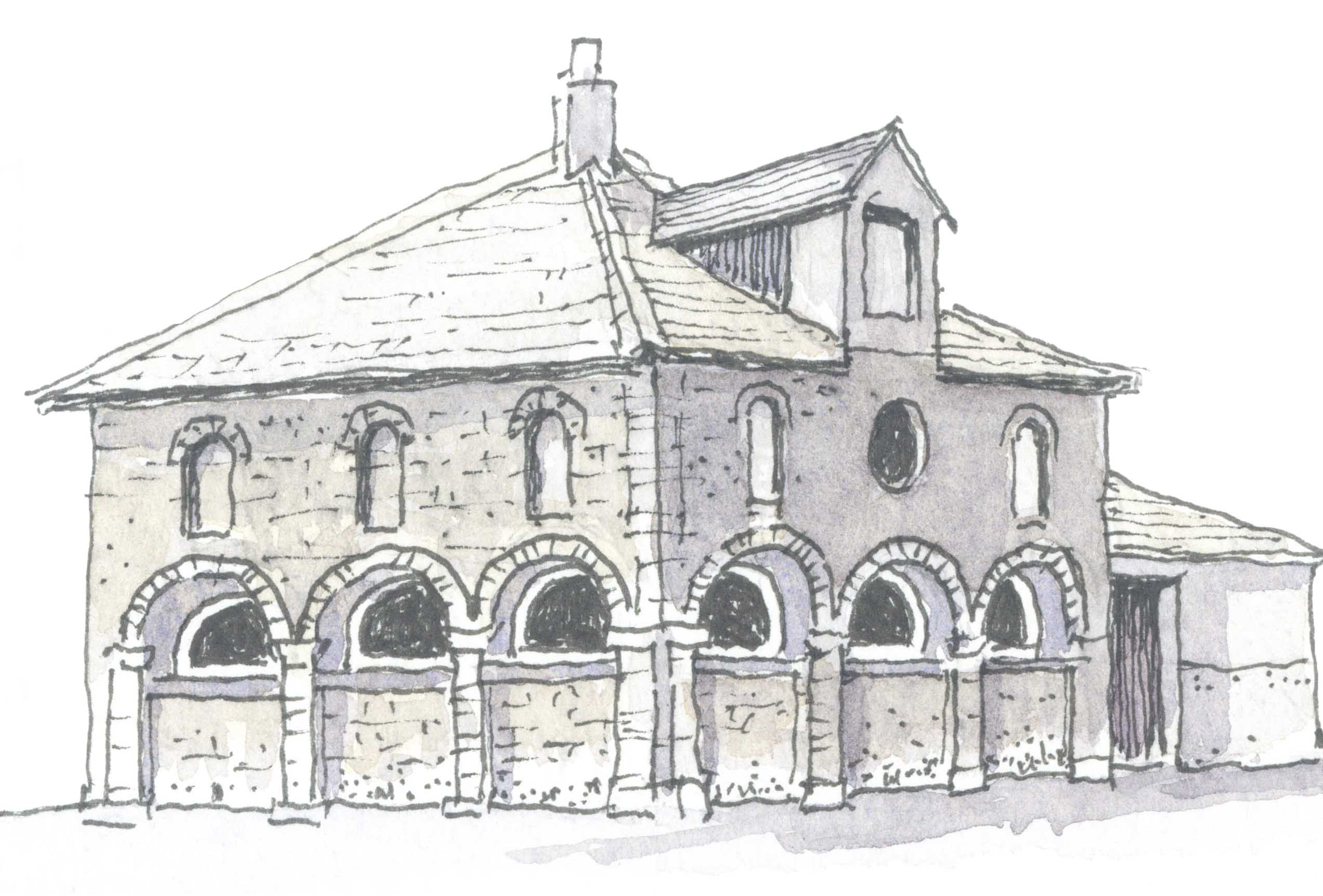When Shap Local History Society gathered in the Memorial Hall they were welcomed by Chairman Jean Jackson, who introduced Liz Amos the Society secretary who was the speaker for the evening. This was the third of a series of four talks looking at the development of Shap. Mrs Amos’s subject was Shap Fell and the A6 road, otherwise described as ‘the great north road of the west’. Mrs Amos studied the route for a thesis she did several years ago, and this formed the basis of her talk.
Beginning with the earliest routes made by the Romans, then following the later mediaeval tracks that would have been used by the canons of Shap Abbey, and travellers going to and from the monastery. There were a series of maps including one showing the drove roads and packhorse routes.
Mrs Amos quoted the words of several early travellers who had used the roads, most of these were most uncomplimentary. She mentioned the parish records that showed travellers found dead on the Fell, and in 1709 the record of a baby baptised at Shap who’s mother was an Ethiopian.
A selection of pictures of the old road were shown, quite a lot of that route can still be travelled, with some sections having a metalled surface.
The formation in 1753 of the Heron Syke Turnpike road that ran through Westmorland from near Burton in Kendal to Eamont Bridge meant that the condition of the route was improved and tolls were gathered at various points, the money being used to maintain the road. Some sections of the original road were realigned, especially near the Plough Inn, Selside; Hollowgate and Shap summit and between the summit and the Shap Tollbar. One of the Turnpike milestones was shown, these were cast at Gatebeck. The turnpike trust was dissolved in 1882.
There was a good collection of images from the A6 road in its heyday with iconic places such as the Jungle Cafe, Leyland Clock and summit cafe made from two buses back to back. Of course the heavy snows were featured with pictures of vehicles stuck on the fell, and through the village. One photograph showed a lot of coaches ascending the fell, this is believed to show one of the Scottish holidays; other showed accidents, and a landslide.
The most recent feature on the road is the memorial on the summit unveiled in 1994 by Shap Memorial Trust. Mrs Amos explained that the Shap Memorial Trust is now under the umbrella of the Shap Local History Society and managed by three trustees.
Mrs Amos was thanked by Jean Scott-Smith, and Mrs Amos invited her to tell her own personal story about the Shap Fell road in the 1960s. There was opportunity for questions whilst refreshments were served. Copies of ‘The Shap Fell Story’ a book published by the society in 2015 were available.
